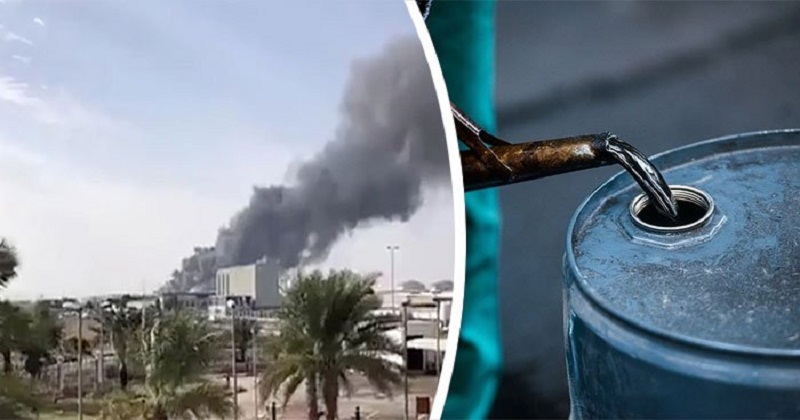
On Tuesday, benchmark oil prices soared to their highest level since 2014, owing to the possibility of supply disruption following attacks in the Middle East Gulf which contributed to an already tight supply picture.
By 0924 GMT, Brent crude futures had risen $1.02, or 1.2 percent, to $87.50 a barrel, while WTI crude futures had risen $1.36, or 1.6 percent, to $85.18 a barrel. Due to the fact that Monday was a federal holiday in the United States, the trade was light. On Tuesday, both benchmarks reached their highest levels since October 2014.
Concerns about supply have grown this week when Yemen’s Houthi militia attacked the UAE, increasing hostilities between the Iran-aligned group and a Saudi-led coalition. The Houthi movement warned it may target more sites after launching drone and missile strikes that caused explosions in gasoline trucks and killed three people, while the UAE stated it reserved the right to react to these terrorist actions.
After an incident at its Mussafah fuel depot, UAE oil major ADNOC said it has implemented business continuity procedures to ensure continued delivery of goods to its local and international clients. Rising tensions between OPEC+ member Russia and Ukraine are also adding to geopolitical price surcharges.
Also Read: MP universities to hold semester exams offline amid COVID-19 surge
Furthermore, owing to underinvestment and outages, several members of the Organization of Petroleum Exporting Countries (OPEC) are struggling to pump at their approved capabilities, despite a deal with Russia and allies to add 400,000 barrels per day each month.
‘The consensus is that the situation will not improve in the foreseeable future and oil demand growth together with supply constraints is inevitably leading to a tighter oil balance’, PVM analyst Tamas Varga said.
Oil stocks in OECD nations are projected to fall to their lowest levels since 2000 by the summer, according to Goldman Sachs analysts, with Brent oil prices increasing to $100 later this year.

Post Your Comments